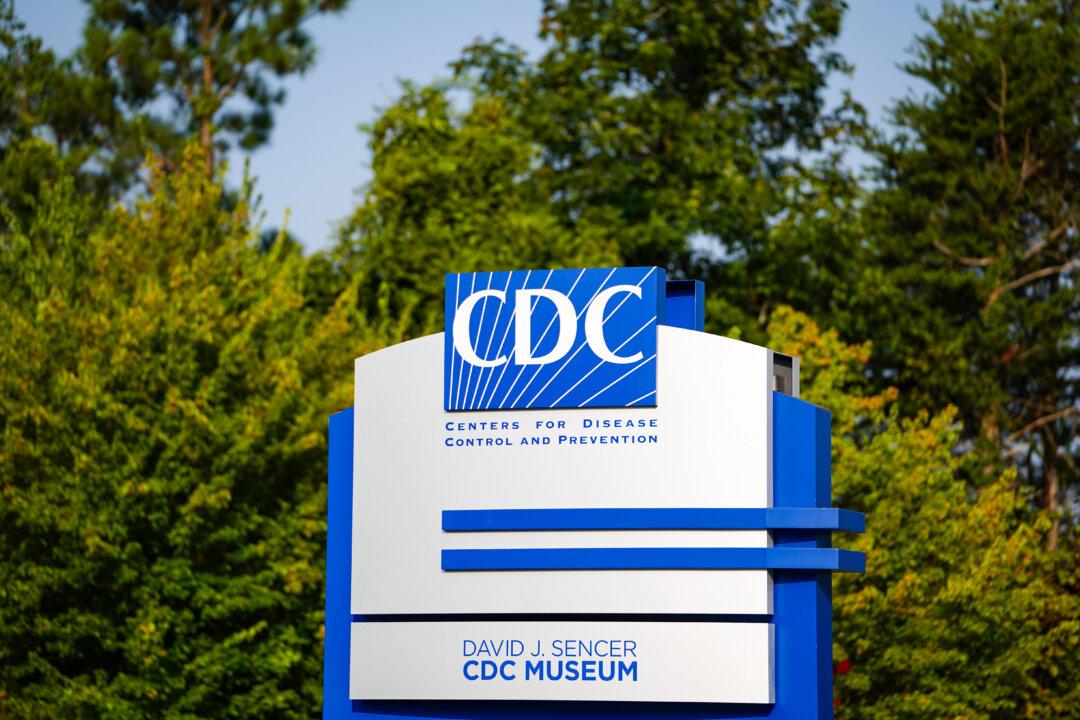Mammoth carcass: A mammoth with flowing blood was found trapped in ice in Siberia, with researchers telling Russia’s state-run media that the meat looks “pretty fresh.”
Semyon Grigoryev, head of the expedition and director of the Amosov Mammoth Museum of the North Eastern Federal District, told RIA Novosti that “It can be assumed that the blood of mammoths had some cryo-protective properties.”
Scientists that spoke in reaction to the discovery to Scientific American (SA), though, note that there’s lots of questions to answer in studying the frozen carcass.
For instance, Grigoriec told physiologist Kevin Campbell of the University of Manitoba in an email that the blood didn’t freeze at -17 degrees Celsuis, which Campell’s finds unusual.
“Many insects (and some vertebrates) are able to avoid freezing at far colder temperatures via the expression of antifreeze peptides/glycoproteins and (largely carbohydrate based) cryoprotectants, which can dramatically lower the supercooling point (roughly equivalent with the freezing point),” he wrote in an email to SA. “ If mammoth blood had this trait, they would be the only known mammalian example of this to my knowledge.”
Another question, he said, is why only this carcass appears to have fluid blood while other carcasses discovered recently haven’t.
Daniel Fisher of the University of Michigan, an expert on mammoths, said that it’s not clear that the blood is blood.
While saying it’s “entirely reasonable” because coagulated blood has been found in mammoth blood vessels before, he said that “I have no doubt that they have something interesting, but what exactly it is … is hard to say at this moment. Whether it is exactly blood, and only blood, will of course require a little more analysis, including some microscopic examination.”




